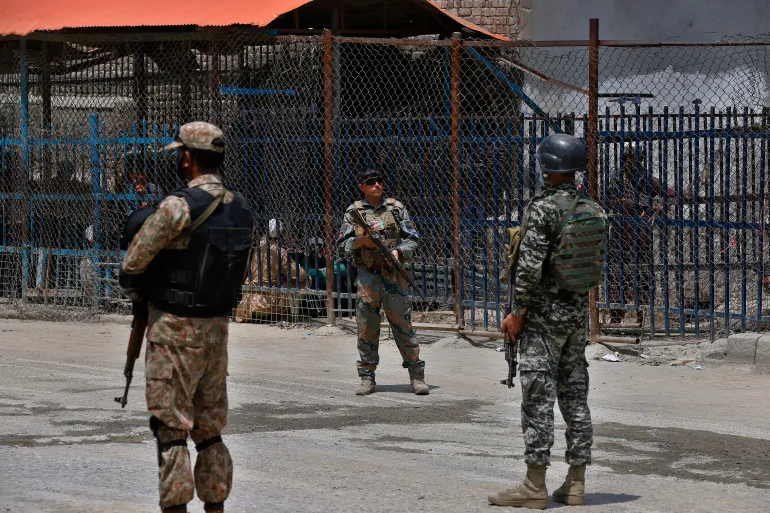Deadly Clashes Shake the Region
Hostilities between Pakistan and Afghanistan have intensified, resulting in the loss of at least one Pakistani security official and dozens of Afghan civilians. The violence stems from Pakistan’s airstrikes in Afghanistan’s Paktia province, targeting alleged hideouts of the Tehreek-e-Taliban Pakistan (TTP).
The Afghan Taliban, now governing Afghanistan, accused Pakistan of killing 46 civilians, including women and children, in these strikes. In response, the Afghan government vowed retaliation, launching attacks near the contested Durand Line.
A History of Strained Relations
The relationship between Pakistan and Afghanistan has long been marked by both cooperation and conflict. Pakistan provided refuge and support to the Afghan Taliban during their earlier rule in the 1990s and after the U.S.-led invasion of Afghanistan. However, the emergence of the TTP, which shares ideological ties with the Afghan Taliban but targets Pakistan, has complicated this dynamic.
After the Afghan Taliban regained power in 2021, Pakistan hoped their historic ties would help curb TTP activities. Instead, Pakistan has faced a surge in attacks, with over 1,500 violent incidents reported in the first 10 months of this year alone.
Cross-Border Strikes and Regional Risks
Pakistan’s military has conducted airstrikes in Afghanistan before, citing TTP threats. The most recent attack, triggered by a deadly TTP ambush killing 16 Pakistani soldiers, highlights the rising tensions. While Pakistan claims to target militant hideouts, the Afghan Taliban views these strikes as violations of sovereignty, escalating the risk of broader conflict.
Despite the exchange of fire, both sides seem hesitant to escalate into full-scale war. Experts believe the recent strikes were intended to send a message rather than provoke a prolonged conflict.
Diplomacy on Thin Ice
High-level meetings between Pakistani and Afghan officials, including defense and intelligence chiefs, have failed to curb the violence. Diplomatic efforts have been ongoing, with officials from both sides engaging in talks to address border tensions. However, these discussions have not translated into effective measures against the rising violence.
Pakistan faces growing pressure to demonstrate its resolve in combating terrorism, while the Afghan Taliban struggles to balance its governance responsibilities with its historical ties to groups like the TTP.
Challenges and the Path Forward
Both nations face significant challenges in resolving their differences. For Pakistan, addressing the root causes of TTP violence requires a shift from reliance on military actions to comprehensive strategies involving regional cooperation. Similarly, the Afghan Taliban must acknowledge the consequences of harboring militants and prioritize stability in their own country.
Observers argue that Pakistan needs to rethink its approach to Afghanistan. Its historical policy of treating Afghanistan as a strategic asset in its rivalry with India has alienated many Afghans. To foster genuine reconciliation, Pakistan must consider supporting democratic forces in Afghanistan while addressing its past policies.
Future Prospects
The latest escalation between Pakistan and Afghanistan underscores the fragility of their relationship and the challenges of managing cross-border militancy. While military actions may provide short-term relief, a sustainable solution requires mutual trust, effective diplomacy, and a commitment to peace. Both nations must rise above their historical grievances to secure a stable and prosperous future for their people.

